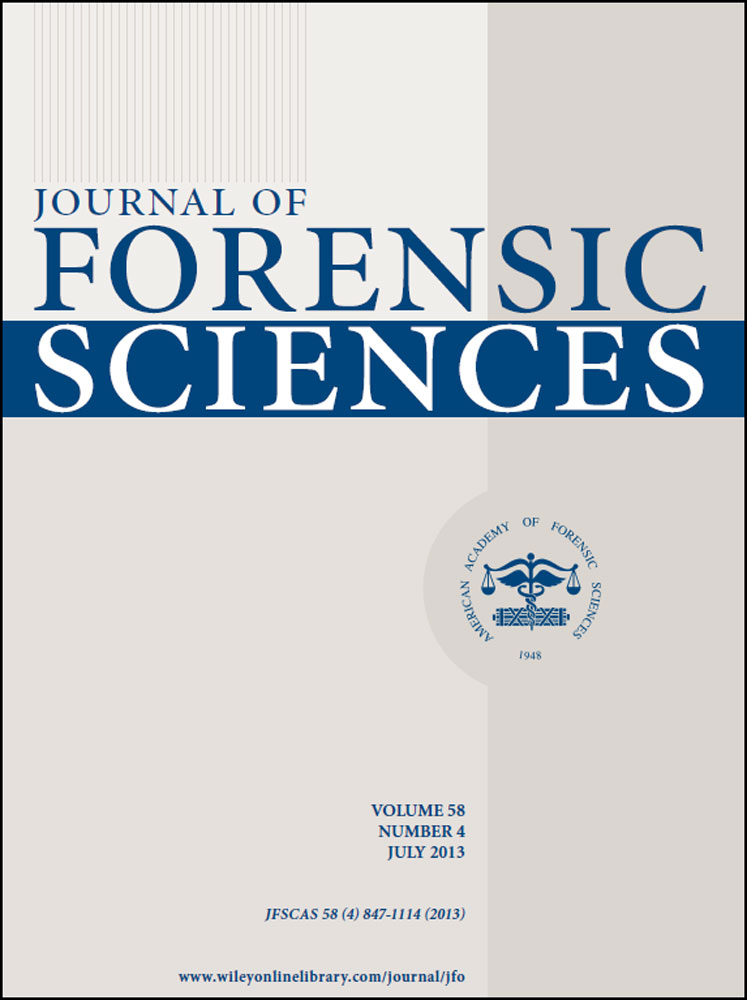The Interest of Postmortem Bacteriology in Putrefied Bodies
Abstract
A 27-year-old man was found dead in an advanced decomposition stage at home. On external examination, his body showed petechial hemorrhages of the skin. At autopsy, petechial hemorrhages of the epicardium were found, but no sign of meningitis was detected. Toxicological investigations remained negative. Bacteriological conventional analyses showed no significant result. Neisseria meningitidis serogroup B was finally isolated on cerebrospinal fluid by a specific real-time polymerase chain reaction. To our knowledge, there are no available data about the postmortem diagnosis of an infectious cause of death in a decomposed corpse. In such situations, the polymicrobial overgrowth usually hampers the interpretation of bacteriological conventional methods and questions their diagnostic value. Such molecular bacteriological approaches appear to constitute an important diagnostic tool for forensic scientists and should be widely processed in case of suspected infectious death or sudden death whatever the postmortem interval.




